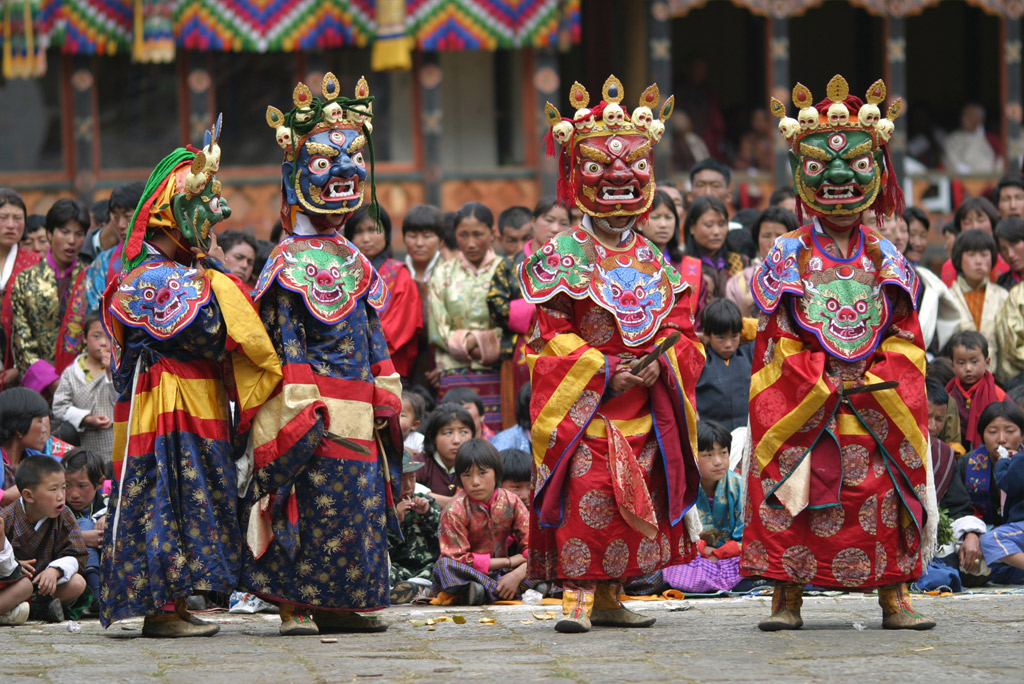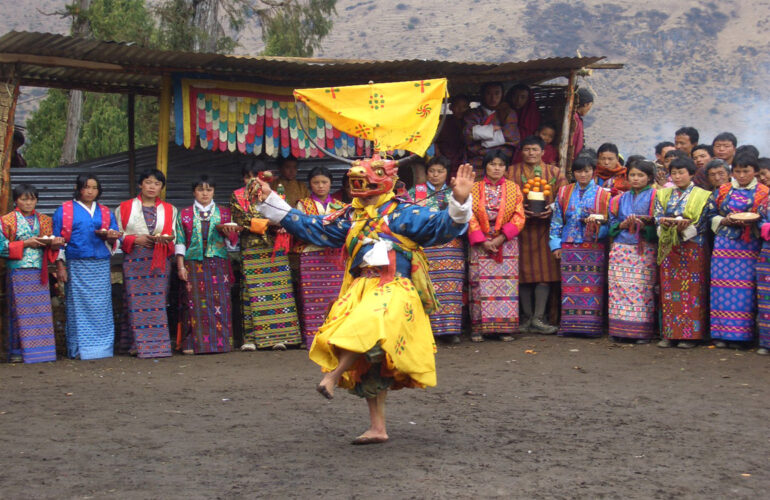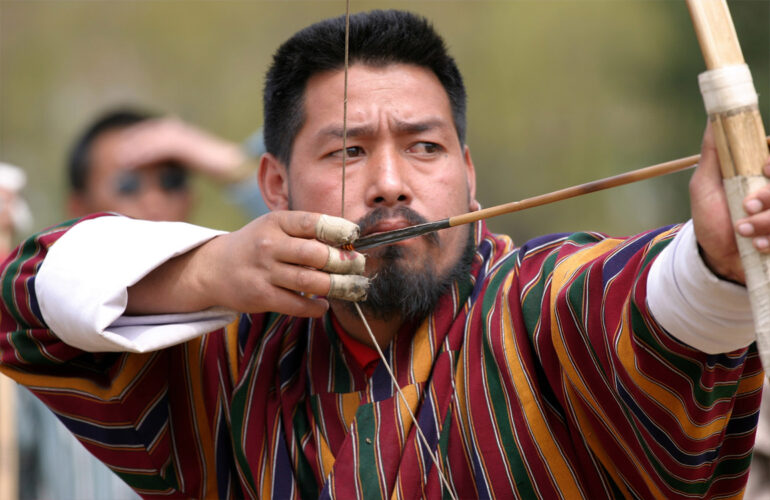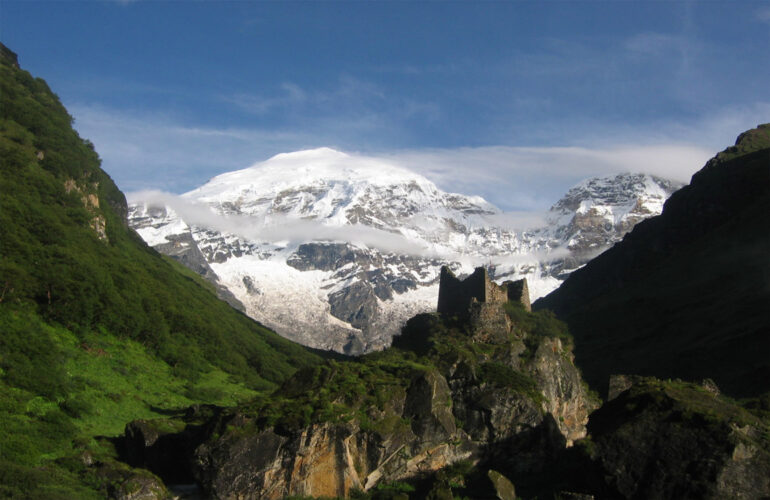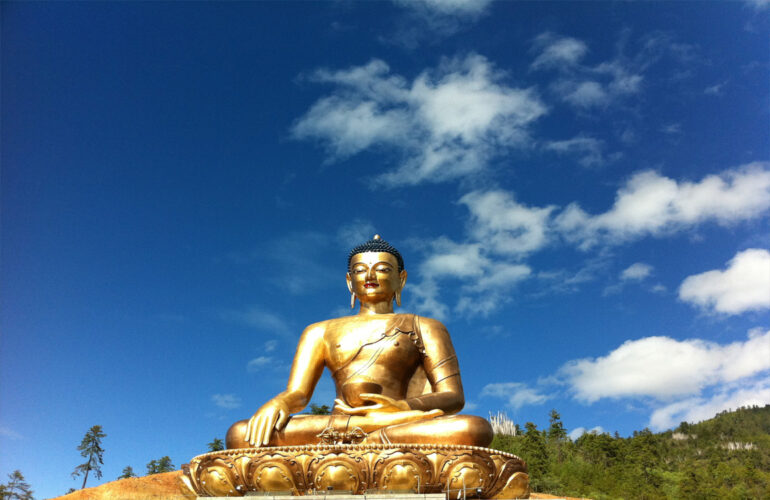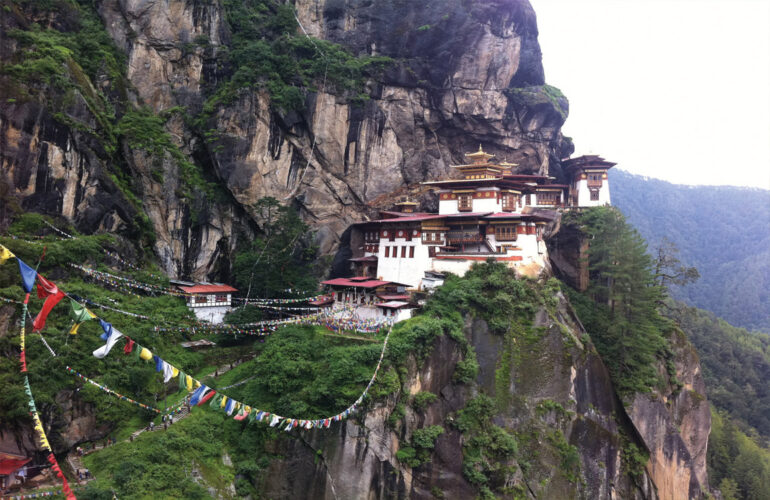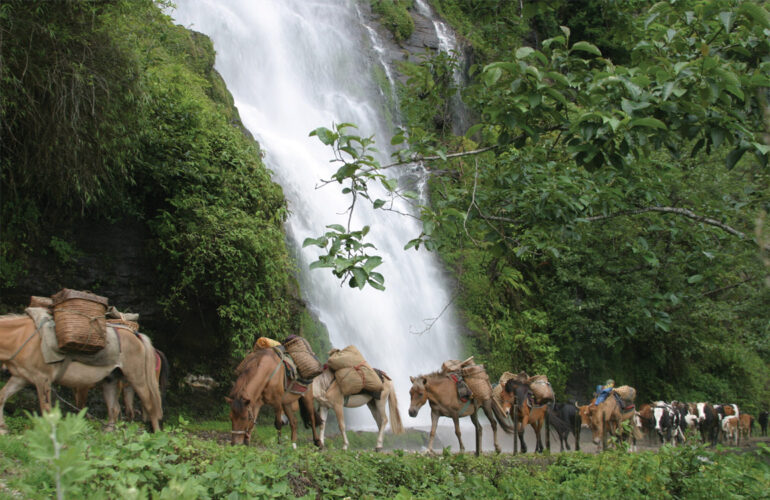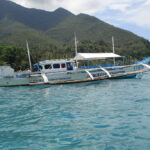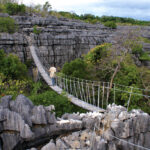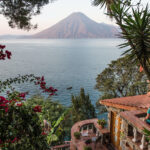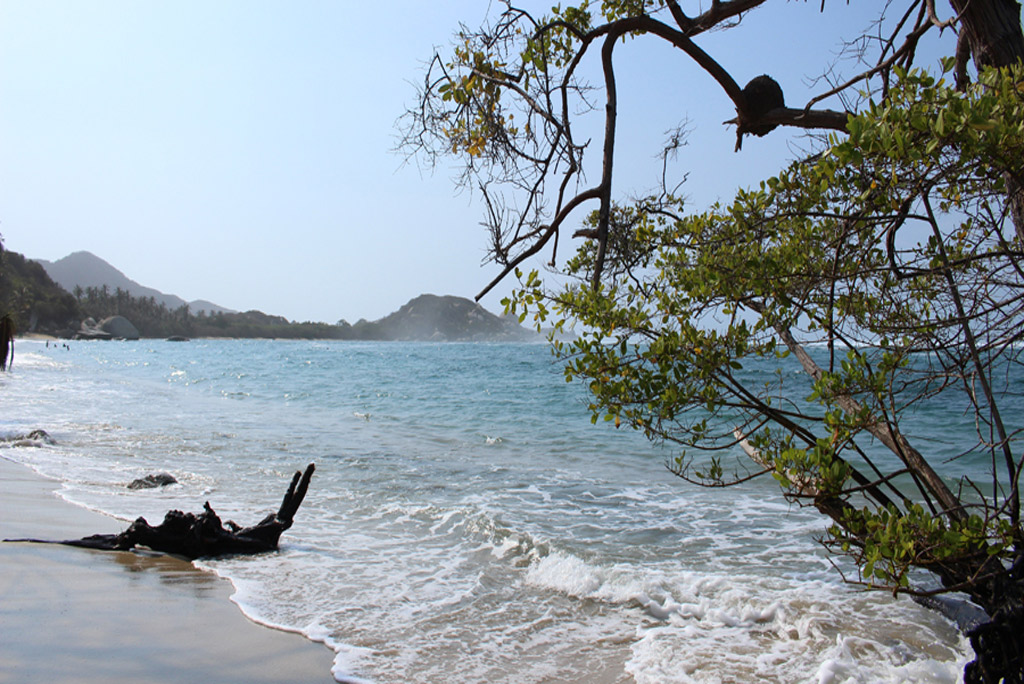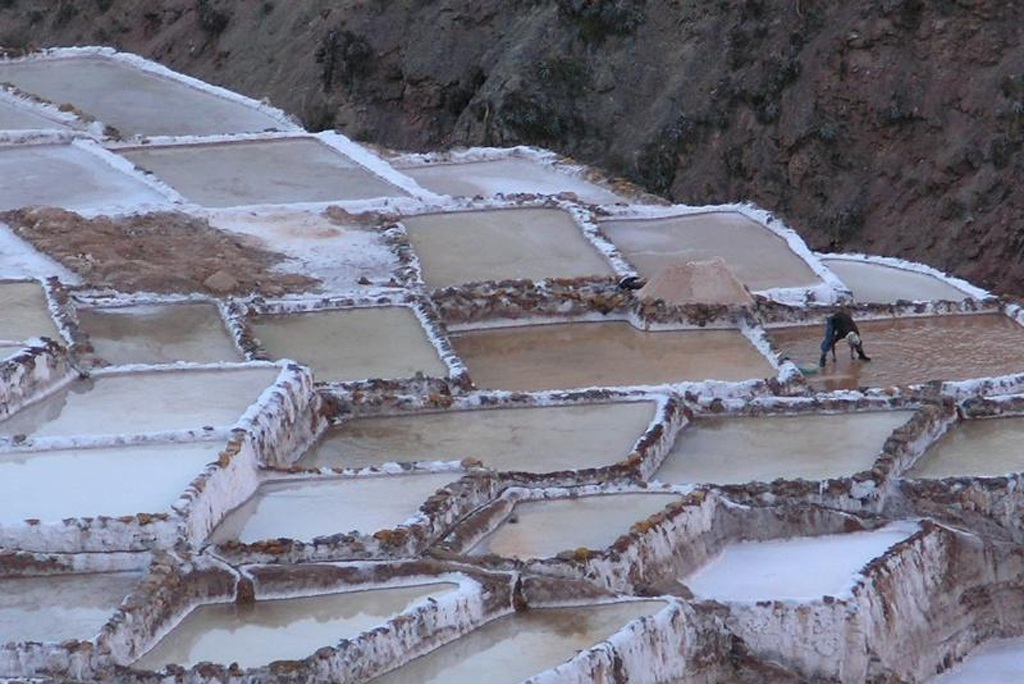Today we are free to enjoy the sights of Thimphu in the morning. As Bhutan’s largest city, with a population of approximately 70,000, Thimphu is Bhutan’s “Big Apple”! It is the seat of the Royal Government of Bhutan, the home of the Royal Family and the main center for most international aid organizations. As the only true “city” in Bhutan, it is unique mix Himalayan and western sensibilities.
Depending on the interest of the group, visit today may also include:
1. Textile Museum: this museum was inaugurated under the patronage of Queen Ashi Sangay Choden Wangchuk in June 2001. Many intricate designs of Bhutanese textiles are displayed here. It will also serve as center for conservation, restoration and documentation of Bhutanese textiles.
2. National Folk Heritage Museum: one of the oldest house in the capital Thimphu, having been restored and transformed into Folk Heritage Museum in the year 2001 under the patronage of Her Majesty the Queen Ashi Dorji Wangmo Wangchuk and this museum is meant to serve an account of everyday rural life for the young urbanized generations and as a place for preserving objects related to this life, in case this way of life disappears as time passes.
3. Paper Factory: Visit a handmade paper workshop where artisans create beautiful and unusual handmade papers, the handmade paper industry in Bhutan stems from the age old handicraft tradition and its history can be traced back to the 8th century. Handmade papers are made out of Daphne papyri era sieb, Edge worthia papyrifera sieb and Pine apple plants. And a weaving workshop where the looms are filled with traditional and updated versions of the world-renowned Bhutanese textile arts.
4. The handicrafts Emporium: the Handicraft Center is a good place to browse through examples of Bhutan’s fine traditional arts and crafts. Here you can buy textiles, Thangkas, scenic painting, mask, ceramics, slate and woodcarvings, musical instruments, jewellery, butter-tea cups, yak tail dusters and all kinds of exotic and fascinating objects and also
5. The archery grounds (where you might catch an archery match)
In the late afternoon, we return to Paro, driving through the idyllic countryside, dotted with villages and paddy fields, crossing rivers and natural forests to Paro.
Tonight we will have a farewell dinner celebration with our staff as we enjoy our last evening in Bhutan. If you are interested, we may be able to arrange Bhutanese “stone bath” this evening.

